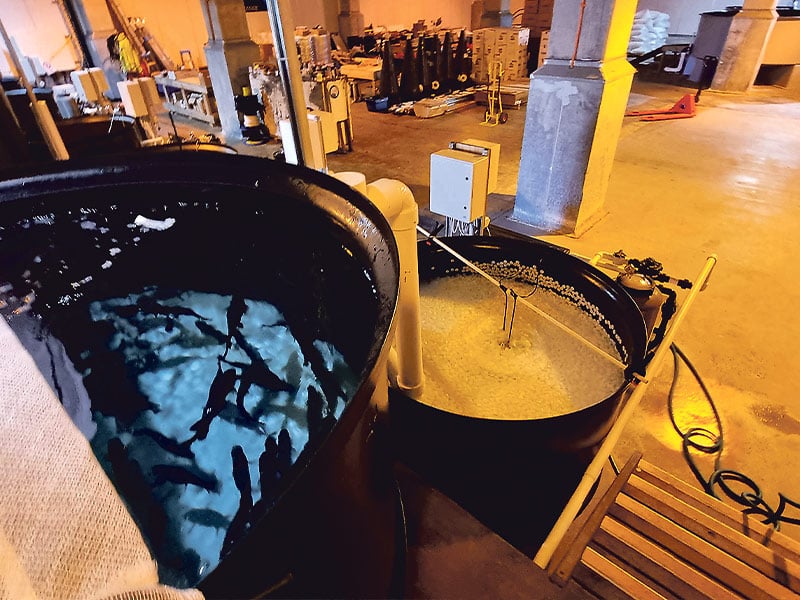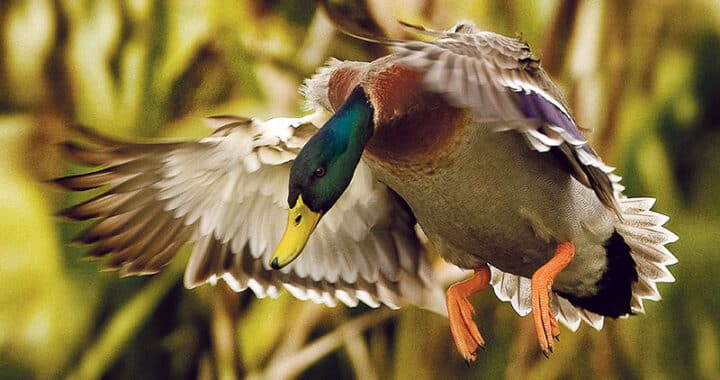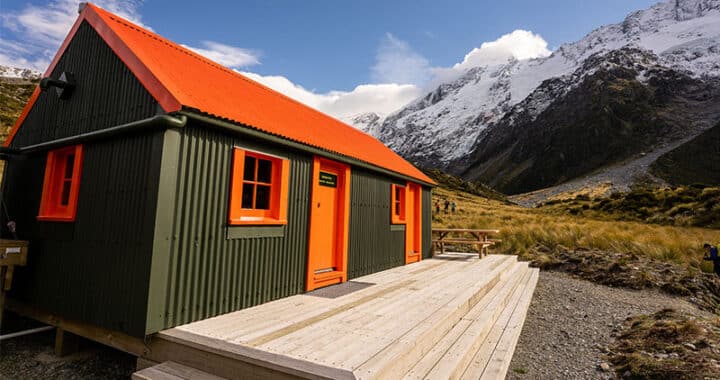First land-based commercial whitebait farm launches in Bluff
3 min read
The pilot project is being undertaken at the former Ocean Beach Freezing Works in Bluff. Photo: Supplied
A new pilot project to evaluate commercial land-based whitebait farming was launched at the former Ocean Beach Freezing Works in Bluff.
The 16-year project is led by Manāki Whitebait and is a result of research into the breeding of all five New Zealand whitebait species.
A recent investment of $998,000 from MPI’s Sustainable Food and Fibre Futures fund (SFF Futures) helped take the research to the next level, said Steve Penno, Ministry for Primary Industries’ (MPI) director of investment programmes.
“We congratulate the Manāki Whitebait team, which has hit upon the right formula to ensure a year-round supply of whitebait.
“Manāki’s research shows that commercially viable production of the species is possible, and the next step at this new facility will be to scale up production to continuously service domestic demand.”
Manāki is owned by Tahu Whaoa Group Holdings, the commercial arm of the Ngāti Tahu-Ngāti Whaoa Runanga Trust. The company matched the SFF Futures funding, along with investors in the Bluff Ocean Beach site.
Manāki’s project manager Paul Decker, who led the project with Dr Tagrid Kurwie, said the Manāki story started with an aspiration to restore and enhance the native species that make up the whitebait catch.
“We started out at our Warkworth research facility trying to breed the whitebait species in captivity for their eventual release back into restored habitats.
“We managed to successfully breed all five New Zealand whitebait species, four of which are endangered.
“We identified the giant kōkopu (Galaxias argenteus) as the only commercially viable species, and now have 50,000 breeding adult giant kōkopu whitebait. This is extraordinary, given the Department of Conservation estimates up to 80,000 giant kōkopu whitebait adults in the wild.
“It’s been an enormous undertaking to get to this point, and we’re really excited to lead the way with farmed whitebait that will provide a year-round supply of whitebait to consumers, reduce the pressure on wild fishing stocks, be able to supply fish for restoration projects, and provide new jobs for the local community.”

Decker said the Bluff facility is testing key factors as the system is scaled up.
“We’ll be testing egg fertilisation rates, hatch rates, harvest ratios, biomass, and water change levels to achieve optimum survival and optimum feed. We’ll also work on developing a marketing plan and setting up supply chains.”
The biggest expense for commercially producing whitebait in giant tanks is electricity, to ensure optimum water temperature. The second largest cost is water, Decker said.
“We decided to relocate to Bluff, as there’s already a licensed fish facility there with easy access to freshwater and seawater. This is essential for breeding whitebait as we need to be able to replicate their journey from the river to the ocean.
“In Warkworth, we needed to transport salt water in, which proved too costly.”
Penno added that the project supports many of the goals set out in the Government and food and fibre sector’s Fit for a Better World roadmap aimed at lifting productivity, sustainability, and creating jobs to drive New Zealand’s economy.
“It also fits with the Aquaculture Strategy, which has a goal of $3 billion in annual sales by 2035 following a sustainable growth pathway and using innovation to add value.”
Decker said the Government funding has fast-tracked the pilot project significantly.
“We’re aiming to supply fresh whitebait for consumption from February 2023. Without Government support, it would have taken us years to reach this point.”



